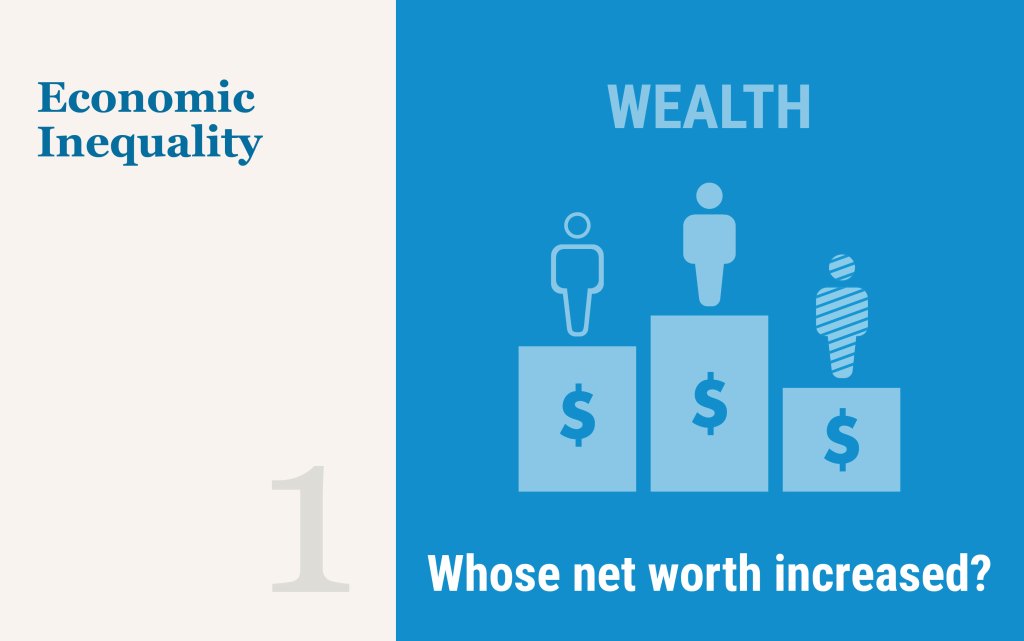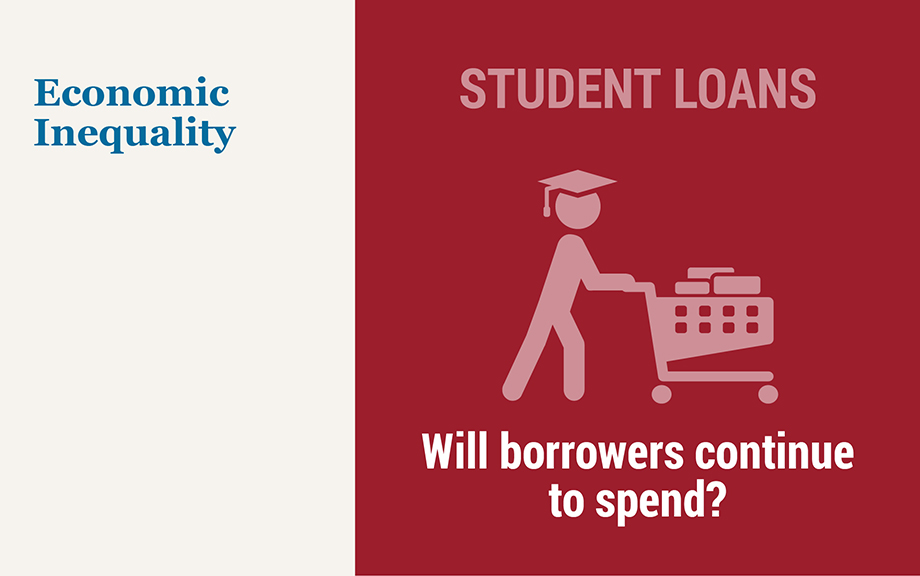Credit Score Impacts from Past Due Student Loan Payments

In our companion post, we highlighted how the pandemic and subsequent policy actions disrupted trends in the growth of student loan balances, the pace of repayment, and the classification of delinquent loans. In this post, we discuss how these changes affected the credit scores of student loan borrowers and how the return of negative reporting of past due balances will impact the credit standing of student loan borrowers. We estimate that more than nine million student loan borrowers will face significant drops in credit score once delinquencies appear on credit reports in the first half of 2025.
Student Loan Balance and Repayment Trends Since the Pandemic Disruption

This month marks five years since the start of the COVID-19 pandemic, after which subsequent policy responses upended most trends underlying student loans in the U.S. Beginning in March 2020, executive and legislative actions suspended student loan payments and the accumulation of interest for loans owned by the federal government. In addition, federal actions marked all past due and defaulted federal student loans as current, driving the delinquency rate on student loans below 1 percent by November 2022. Payments on federal student loans resumed in October 2023 after forty-three months of suspension. This post is the first of two highlighting trends in balances, repayment, and delinquency for student loans since the beginning of the COVID-19 pandemic and how trends may shift without pandemic supports.
What Was Up with Grocery Prices?

The consumer price index for groceries has risen more than the overall price index since the start of the pandemic, with a particularly large jump in 2022. In looking for explanations, a starting place is the behavior of raw commodity prices, which surged from early 2021 to mid-2022. In addition, wages for low-paid grocery workers have gone up faster than wages for the workforce as a whole. Finally, even though profit margins for grocery stores have gone up, the increase appears to be only a small contributor to the rise in food prices relative to the increase in their operating costs. This analysis suggests that the significant moderation in food inflation since the start of 2023 is due to still-high wage inflation for grocery workers being offset by the retreat in commodity prices.
The Post‑Pandemic Shift in Retirement Expectations in the U.S.

One of the most striking features of the labor market recovery following the pandemic recession has been the surge in quits from 2021 to mid-2023. This surge, often referred to as the Great Resignation, or the Great Reshuffle, was uncommonly large for an economic expansion. In this post, we call attention to a related labor market change that has not been previously highlighted—a persistent change in retirement expectations, with workers reporting much lower expectations of working full-time beyond ages 62 and 67. This decline is particularly notable for female workers and lower-income workers.
The New York Fed Consumer Credit Panel: A Foundational CMD Data Set

As the Great Financial Crisis and associated recession were unfolding in 2009, researchers at the New York Fed joined colleagues at the Board of Governors and Philadelphia Fed to create a new kind of data set. Household liabilities, particularly mortgages, had gone from being a quiet little corner of the financial system to the center of the worst financial crisis and sharpest recession in decades. The new data set was designed to provide fresh insights into this part of the economy, especially the behavior of mortgage borrowers. In the fifteen years since that effort came to fruition, the New York Fed Consumer Credit Panel (CCP) has provided many valuable insights into household behavior and its implications for the macro economy and financial stability.
The CCP was one of the first data sets drawn from credit bureau data, one of the earliest features of the Center for Microeconomic Data (CMD), and the primary source material for some of the CMD’s most important contributions to policy and research. Here we review a few of the main household debt themes over the past fifteen years, and how our analyses contributed to their understanding.
Spending Down Pandemic Savings Is an “Only‑in‑the‑U.S.” Phenomenon

Household saving soared in the United States and other high-income economies during the pandemic, as consumers cut back on spending while government policies supported incomes. More recently, saving behavior has diverged, with the U.S. saving rate dropping below its pre-pandemic average while saving rates elsewhere have remained above their pre-pandemic averages. As a result, U.S. consumers have been spending down the “excess savings” built up during the pandemic while the excess savings abroad remain untapped. This divergent behavior helps explain why U.S. GDP has returned to its pre-pandemic trend path even as GDP levels in other high-income economies continue to run well below trend.
Consumers’ Perspectives on the Recent Movements in Inflation
Editors Note: The title of this post has been changed from the original. August 17, 2023, 10:35 a.m.

Inflation in the U.S. has experienced unusually large movements in the last few years, starting with a steep rise between the spring of 2021 and June 2022, followed by a relatively rapid decline over the past twelve months. This marks a stark departure from an extended period of low and stable inflation. Economists and policymakers have expressed differing views about which factors contributed to these large movements (as reported in the media here, here, here, and here), leading to fierce debates in policy circles, academic journals, and the press. We know little, however, about the consumer’s perspective on what caused these sudden movements in inflation. In this post, we explore this question using a special module of the Federal Reserve Bank of New York’s Survey of Consumer Expectations (SCE) in which consumers were asked what they think contributed to the recent movements in inflation. We find that consumers think supply-side issues were the most important factor behind the 2021-22 inflation surge, while they regard Federal Reserve policies as the most important factor behind the recent and expected future decline in inflation.













 RSS Feed
RSS Feed Follow Liberty Street Economics
Follow Liberty Street Economics